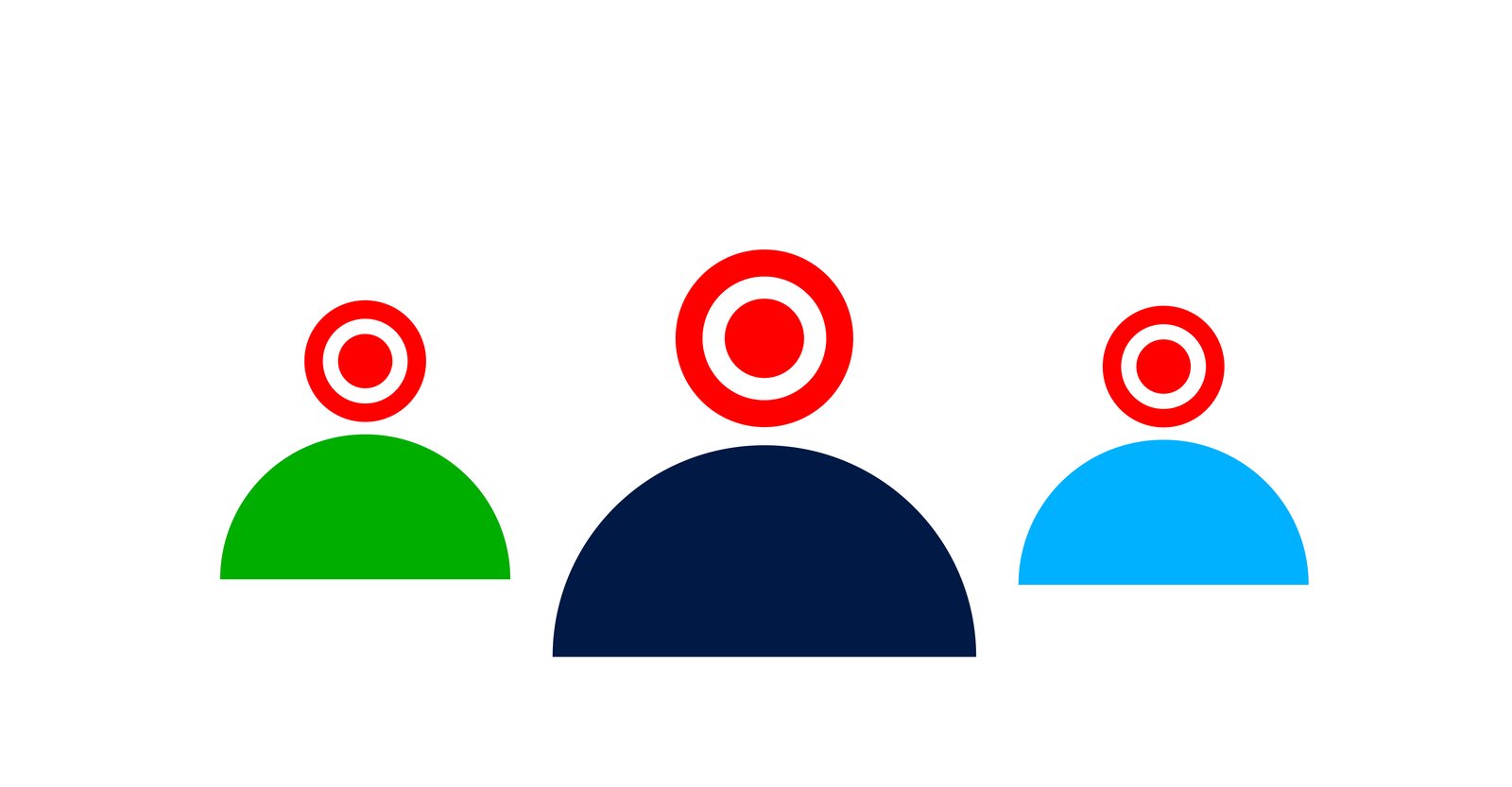Content is the poster child for your organization. Good content in the right context should be available anytime, anywhere. Good content has many different properties, but the most important one is definitely: knowing why and for whom you are creating your content. We’ve previously written a blog: How do you define a goal as clearly as possible with even more specific objectives? This blog will discuss the concept of the target audience. Who is the target audience of your content?
Your target audience
It is essential that you know who your target audience is and what they require. What type of content would they like to receive? What media sources are they using in their search? What channels do they actively use? How do you ensure that your target audience receives your content and reads it, and that your goals are achieved?
Take these three steps to ensure a razor-sharp content strategy:
Step 1. Use personas to get a clear idea of your target audience
Creating personas can help you get to know your target audience. A persona is a fictitious representative of your target audience. Even though you probably know your target audience quite well already, personas can help you gain new insights.
Research
Decide who the most important target groups are for your content. Ideally, you should have two to four groups. Compile information on these target groups and try to identify a number of specific characteristics of these groups. Are they mainly middle-aged people? A good exercise would be to try and find out favorite brands or preferences of your potential target audience. Do they prefer to read tabloids or do they get their new from more reputable sources?
Practice shows that these personas are based for 40 percent on data and for 60 percent on gut instinct. Good research is therefore an absolute necessity! Research can be done in a multitude of different ways. A simple method would be to let staff members who communicate with your target audience on a daily basis help brainstorm about personas or to let them create personas (by using their gut feeling). A survey can then be done to enhance the profile of the personas (gather data)! Interviews with existing customers or account managers can also provide valuable insights. You create one persona per target group.
The personas
Give these personas a name, face, personal characteristics, goals and tasks. This makes it easier to put yourself in your persona’s shoes and to view things from his or her perspective. You have to become accustomed to seeing things from your (potential) customer’s point of view. This allows you to determine what content, campaigns and social posts will appeal to your target audience and what will not.
Obstacles
Try to imagine what obstacles your personas might face. What problems do they have? What is bothering them? Also look at your own organization to discover how you can resolve their issues. These issues can be used as topics in blogs.

Mailchimp researched their users and then used the results to create a number of personas. They visualized their personas and assigned them various characteristics.
Step 2. Visualize a customer journey
Have you envisioned your target audience? Find out where they are and how you can reach them. You can map this by drawing a customer journey for each persona.
This is a method to envision a purchasing process from the persona’s perspective. It describes a persona’s experiences during their customer journey: from orientation, to purchasing a product or service and then to using it. At all touch points and through all channels. It is a clear overview of the customer journey: from first contact to purchase, including all the relevant channels and touch points.
Touch points
Check the different touch points each persona had with your organization. Where and when did they come into contact with your product/service? A potential customer always has multiple touch points: he or she hears about your organization through the grapevine, checks out your website and then may proceed to do nothing at all. At some later stage he or she spots you on social media, starts following you, then maybe ends up on your website again via Facebook, signs up for the newsletter and maybe then they’ll become a new customer.
The journey is different for every persona, which only goes to show how many different channels you can and must employ to reach your target audience and to trigger them to take action.
Several phases
The customer journey consists of several phases:
- Awareness: how can I solve my problem and which solutions are there for my problem?
- Consideration: which solution is the best for me?
- Decision: which company could help me solve my problem?
Each of your personas will have different needs and interests in each phase and will also be active on other channels. There are different types of content, one of which will be better suited to the awareness phase, and the other one will be a better fit for the consideration phase:

It is important to determine for yourself to whom you will be delivering which content and at what point during the customer journey.
Step 3. Content mapping
By identifying which personas your organization has, what their customer journey looks like and what their needs are for this journey, you can easily determine what type of content will be most effective. You can then clearly map out your content using content mapping. This is a method that helps you get a clear overview of your content strategy.
It is important to be aware of your personas’ needs and interests and to find out which channels they actively use. This way you can offer them the right content, in the right place, at the right time: something every organization should strive for.


.png?width=527&name=Overcome-Content-Creation-Barriers%20(1).png)
.png)